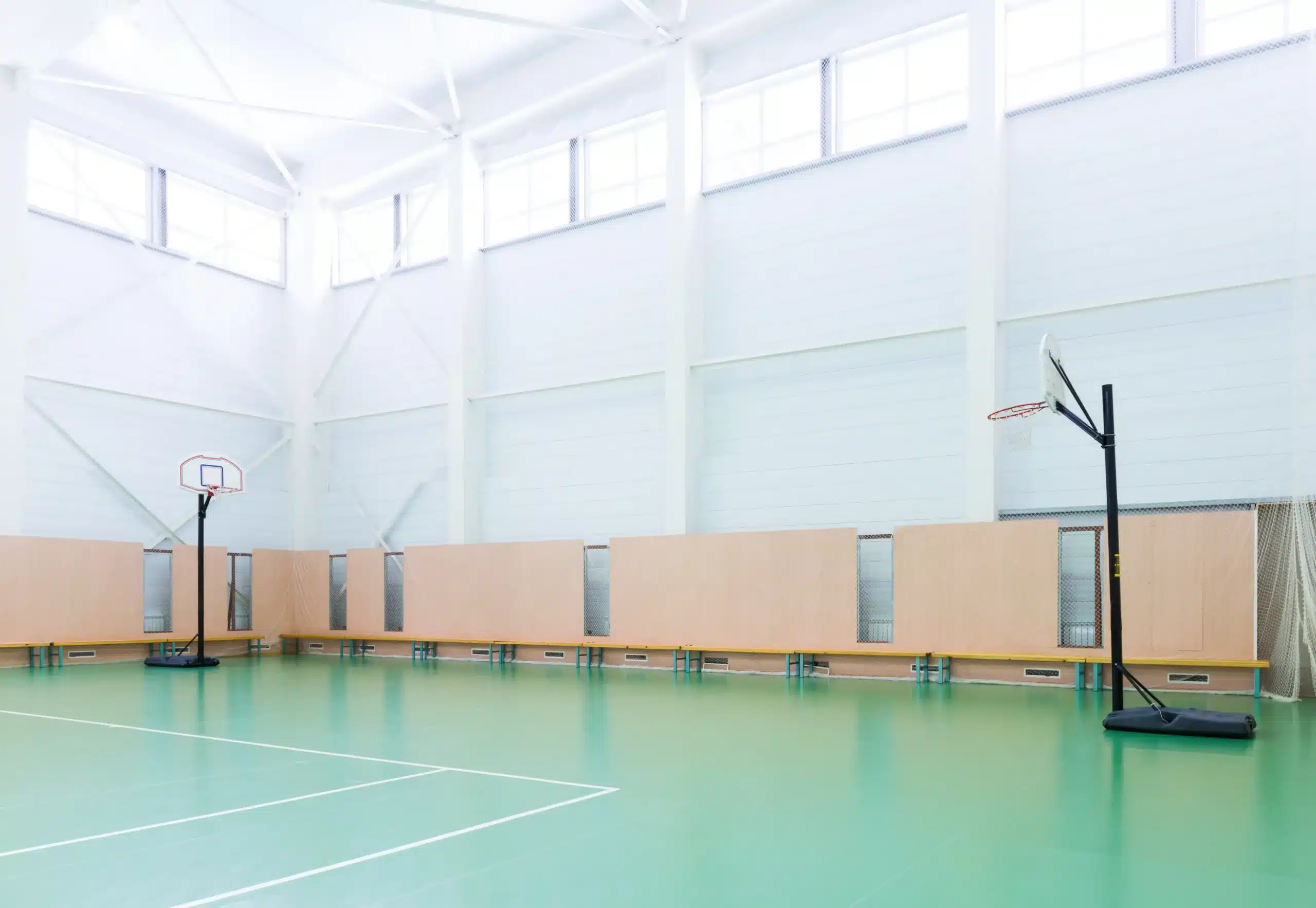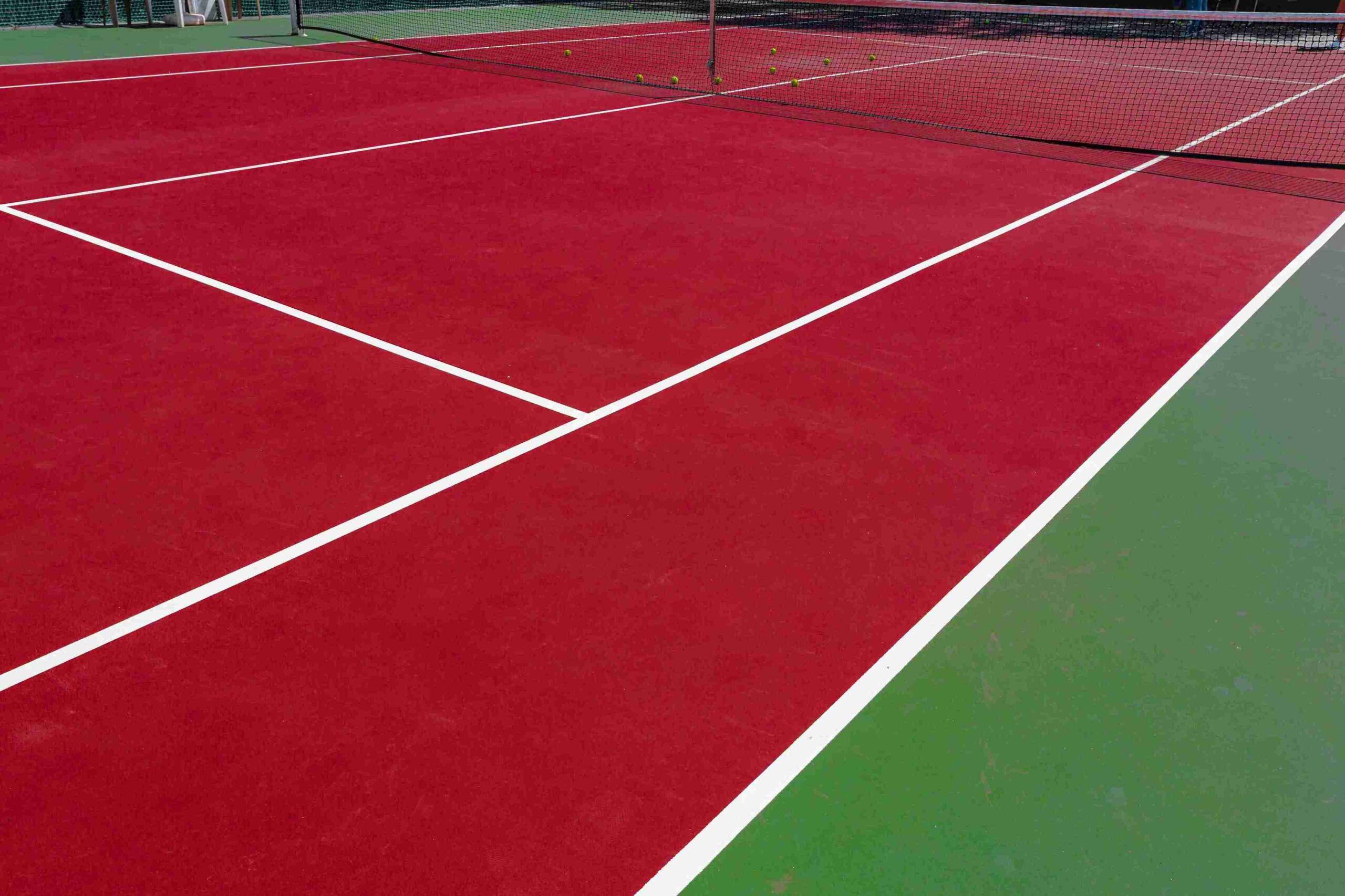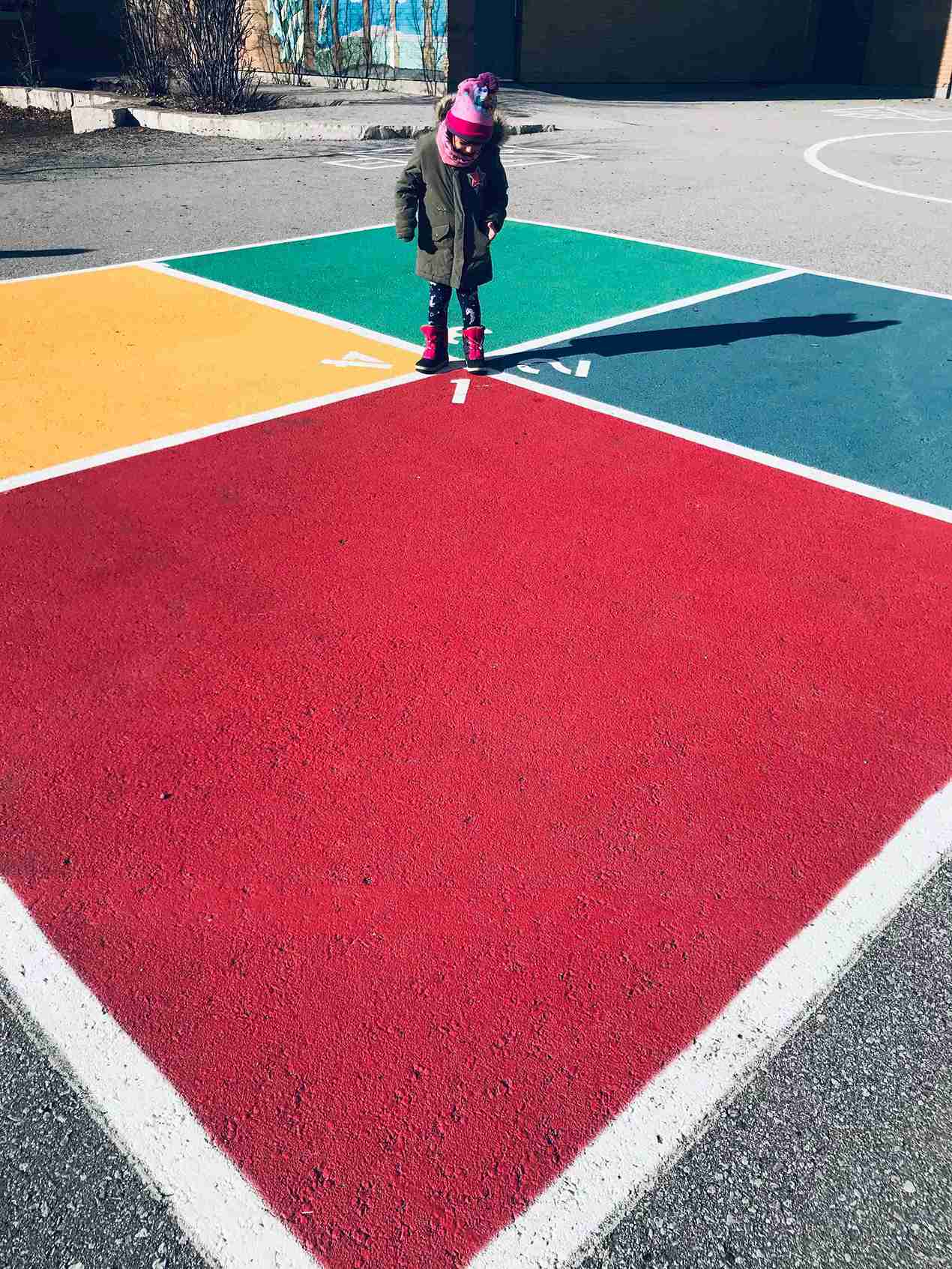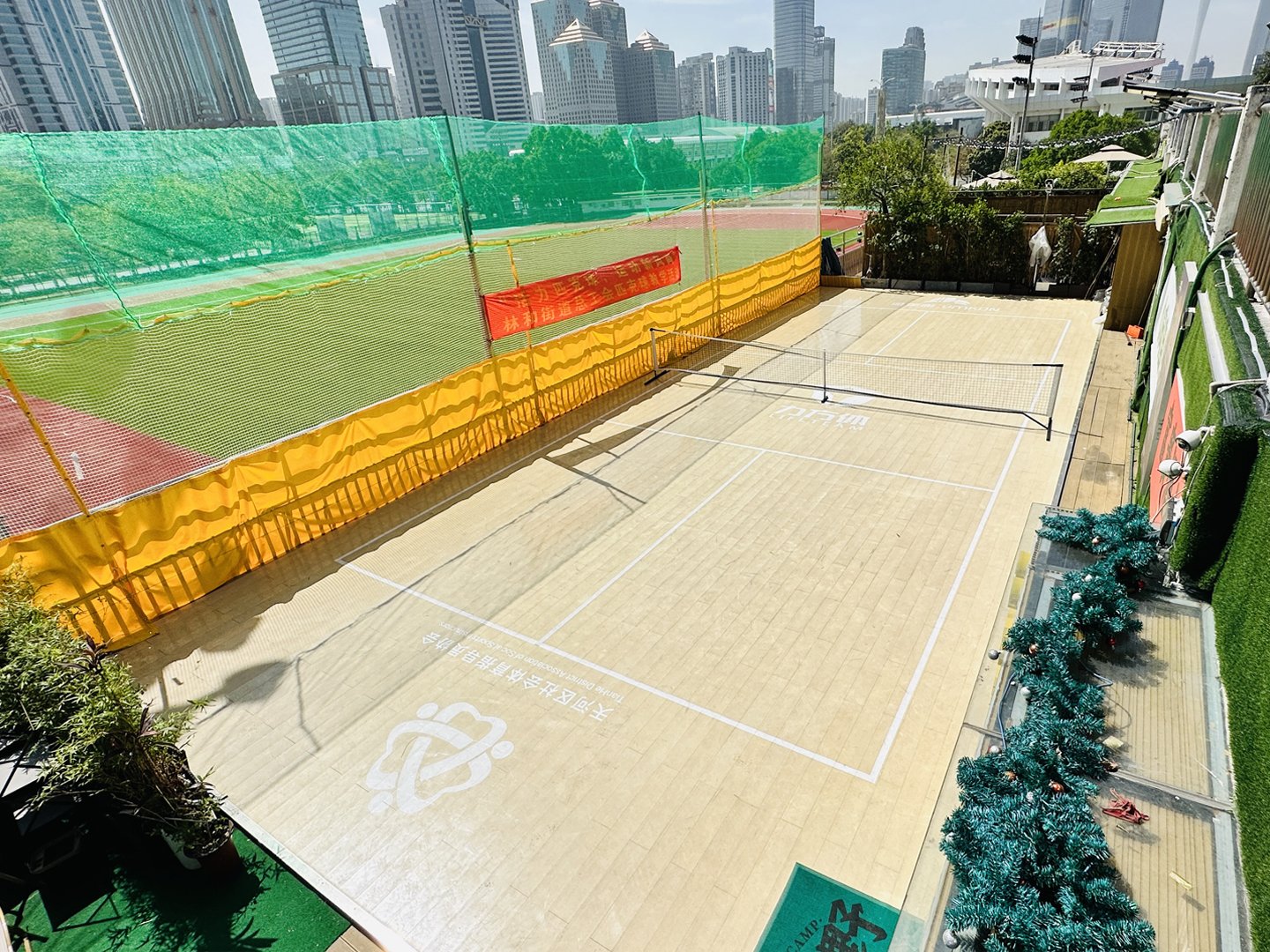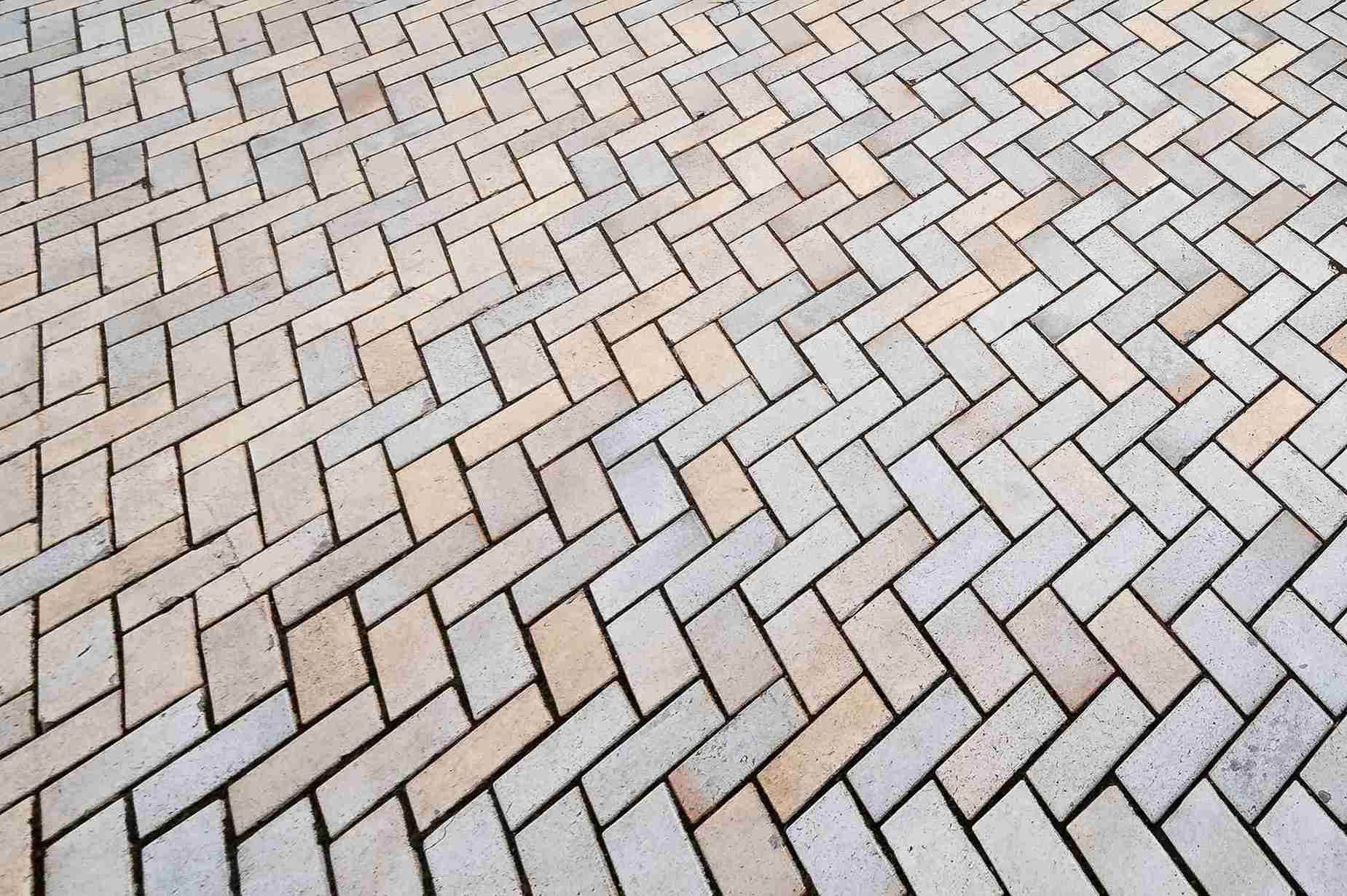These indoor sports facilities are no longer barebones gyms with hardwood floors and fluorescent lighting. Performance facilities where the floor is a major aspect of athlete safety, game quality, and value to the facility in the long run. Indoor sports flooring has even become one of the highest valued expenditures a facility can make.
Looking ahead to 2025 and beyond, flooring is no longer simply a matter of performance. Its design, flexibility, technology, and even sustainability. Here, we look at the future of indoor sport floor trends, what products are becoming more prominent, and which venues can make the right decisions to be ahead of the game.
What is really changing — and what are you getting ready for?
What’s New in Indoor Sports Flooring in 2025?
The construction and utilization of sports facilities are changing at a rapid pace. From multi-use courts to technology-integrated floors, 2025 is witnessing a wave of change that cannot be overlooked.
Rising Needs of Multi-Sport Arenas
More facilities today are able to accommodate different sports on one court. From volleyball and handball, basketball and futsal, one court can accommodate a diverse range of events. This necessitates floors that can be changed and are suitable for different types of athletes.
This increased need for versatility is driving builders towards the creation of indoor sports floor systems, which are not only durable but multi-functional. Floors today need to be capable of performing on various levels of grip, shock, and sport-specific functionality — and all of this, without needing replacement every time the court is switched.
Raising Player Safety Levels
The safety of the player is always the priority. New international standards are demanding greater shock absorption and protection against injury. Organisations like the governing bodies of sport, FIBA and IHF, are revising their certifications to be able to guarantee that the floor protects joints more effectively and provides greater give-back of energy.
That is to say that by 2025, flooring systems that are not up to these new safety standards cannot be used for competitive or even recreational purposes.
And how are they fulfilling all of these increasing expectations, you ask? Technology, naturally.
Technology Is Redefining Indoor Sports Flooring
The modern athlete needs something better than a floor to perform on — they need a floor that can enhance their performance. This is why technology has become a driving force behind developing innovative floor systems.
Intelligent Surfaces and Sensor Technology
Imagine a floor that can tell you just how busy it’s been, where its peak usage jumpers are, or even if you have a hot spot that requires repair. Such science fiction concepts are a thing of the past — smart indoor sports floor systems are being developed and rolled out within commercial facilities.
Even the floors themselves are integrated with sensors in an attempt to monitor usage statistics. Others report back on electronic apps, offering feedback on the performance of surfaces. Mostly in its infancy, such systems will be even more widespread by 2025, particularly in high-level training facilities and schools.
Sophisticated Surface Materials for Performance
Aside from sensors, even the materials are becoming intelligent. New polyurethane materials, for one, are designed such that knee and ankle impacts are dissipated. Even surfaces are “self-healing” themselves, such that minor dents or scuffs can be fixed later on.
These are not bells and whistles. They will make a difference, however, both in the athlete’s performance and in the floor’s durability.
But not only is innovation about performance, but responsibility too. How about we discuss sustainability?
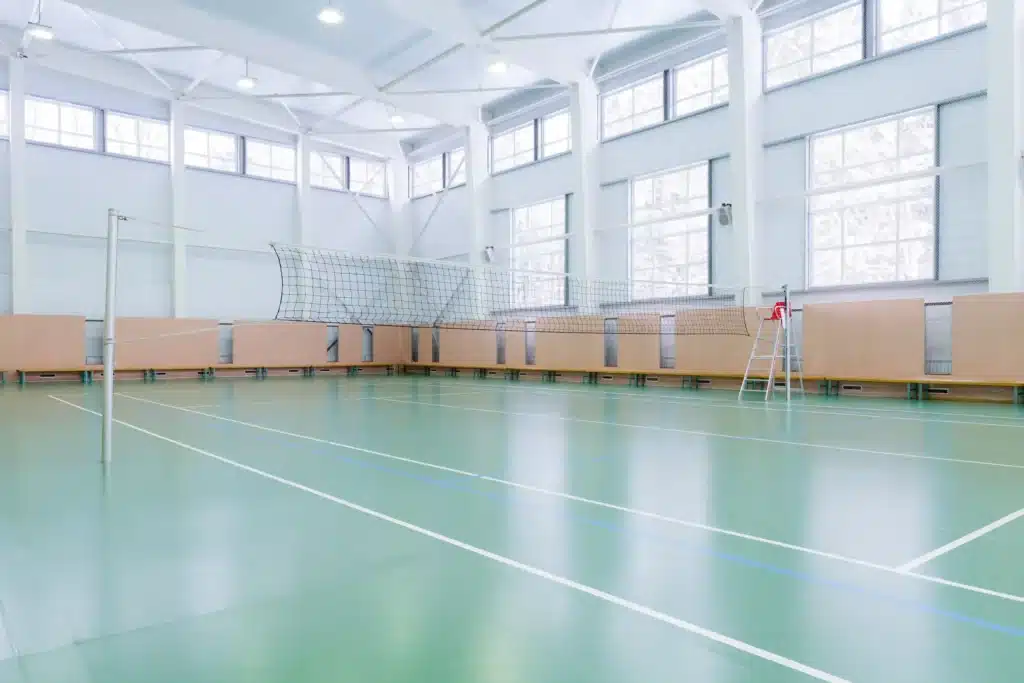

Sustainability is More Important Than EVER in Indoor Sports Flooring
Sports facilities are being asked to green up increasingly today — not only by environmental concerns, but by regulation and certification considerations. Floor makers are today producing floors that are not only durable, but green.
Low-VOC, Environmental Materials
Volatile Organic Compounds (VOCs) are hazardous chemicals typically used when a building is being constructed. VOCs are toxic to humans in indoor air quality and health in enclosed environments like gymnasiums.
This is why PVC-free and low-VOC products are gaining popularity at a rapid pace. Such floors help facilities attain their LEED objectives and other environmental credentials, all the while providing a safe experience to athletes and fans.
Reducing Carbon Footprint in Production
More and more, businesses are embracing energy-efficient production methods. That entails using recycling of materials, water conservation, and lower emissions in the production process. Facility owners ask about sustainability before making a purchase — and producers are listening.
Having an understanding of where the industry is heading in general, let’s move forward and look at the products driving the change.
What are the Materials at the Core of Indoor Sport Floorings?
One of the largest decisions when constructing or refinishing a sports floor is selecting the correct material. The material utilized determines everything — from the game’s feel right on through to the floor’s lifespan.
PVC vs Polypropylene: Which is Best for Your Facility?
PVC (Polyvinyl Chloride) has been popular for a long time. It’s reflective, easy to maintain, and ideal for ball bounce. Yet there are some who are looking at polypropylene modular tiles due to the simplicity of installation and because they are durable.
The tile is particularly ideal in multi-purpose rooms or where temporary installations are needed. Plus, they are easily installed, easily replaced, and easily rearranged with a variety of different designs or logos. And they hold up better in high-humidity or extreme-temperature situations.
New Hybrids on the Horizon
Hybrid floor systems are becoming popular. They combine the optimal qualities of a range of different materials — e.g., the spring of a rubber with the durability of a plastic. Even some of them incorporate foam under-layers, like in junior sport or extended training sessions.
But where do you learn what kind of material is appropriate to meet your particular needs? It’s a help to plan ahead.
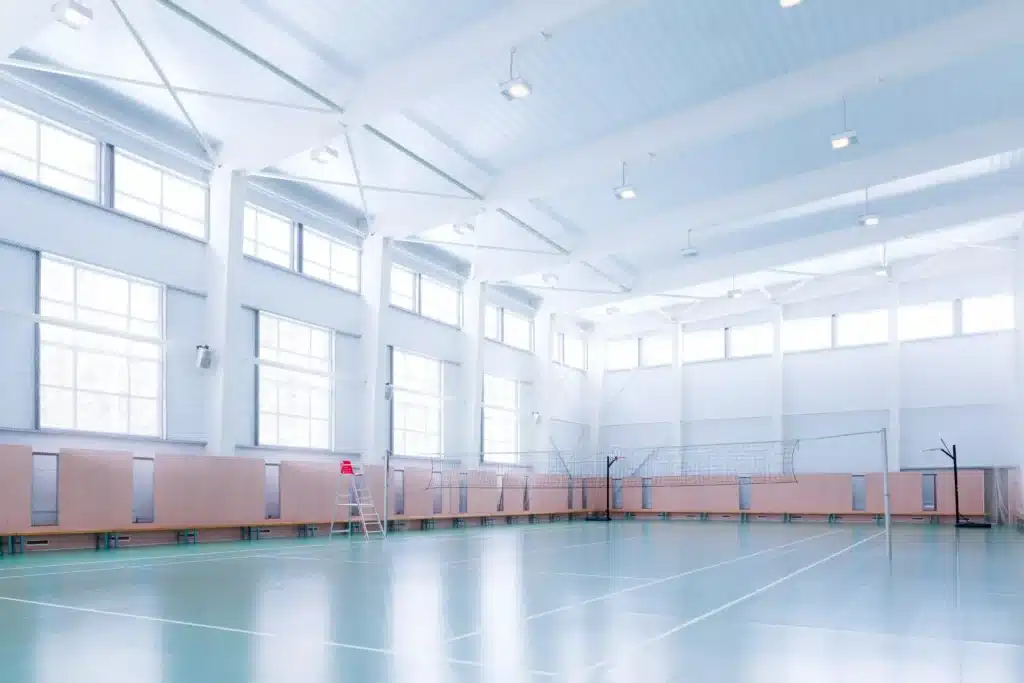

How to Future-Proof Your Indoor Sports Flooring Investment
Nobody wants a change of floors every few years. That’s why future-proofing is essential. It’s all about selecting a system that is not only equal to the challenge of today but is strong enough for the future years.
Key Certifications (FIBA, IHF, etc.)
Another way of future-proofing your investment is through certified floors. Products that are certified by institutions such as FIBA or the IHF are put through rigorous testing for quality, safety, and playability.
Such certifications guarantee that your floor is suitable for recreational use as well as tournament play, which increases the value of your facility.
Partnering with the Right Partner
One of the things you can do when future-proofing is selecting the correct manufacturer. Not only does a good partner just hand over the product, they offer assistance, customization, setup instructions, and post-sale support.
That leads us, in the end, to the question: why VMKON?
Why Choose VMKON for Indoor Sports Floor Projects
At VMKON, we understand that next-generation indoor sports floors are not merely about surfaces. It’s about creating performance-ready environments that are intelligent, safe, and sustainable.
We specialize in providing various PVC and modular sport floor systems that have been specifically designed with the contemporary sportsperson in mind. Our products are internationally safety-rated and are installed in schools, gyms, arenas, training centers, and sports complexes across the globe.
With VMKON, you can be sure of:
●FIBA-certified flooring systems
●Easy setup and simple maintenance
●Unique colors, markings of identification, and logos
●Materials intended to be comfortable and perform
●Professional advice from the planning stage to installation
No matter if you’re resurfacing an existing court or constructing a whole new one from the ground up, we’re creating our products with 2025 and beyond in mind.
Bottom Line
The sports world is evolving rapidly, and indoor sports floors are no different. Expectations, innovation, and sustainability are fueling real change. As a facility owner, planner, or contractor, smart floor decisions are more critical than ever.
Seeking expert guidance or a floor system to match the future of your building? VMKON is available — we can assist you in building smarter from the ground up.
FAQs
1. What is indoor sports flooring?
Sport floors for indoors are specially installed floors laid in sports centers, arenas, and gymnasiums specifically to facilitate safe play and athletic performance.
2. Which sports can be played on indoor sports floors?
The majority of systems are appropriate for basketball, volleyball, badminton, futsal, handball, and indoor tennis.
3. What are indoor sports floors composed of?
Among the most popular are PVC, rubber, polyurethane, and polypropylene modular tiles.
4. How does one renew the indoor sports floor?
With suitable maintenance, high-quality indoor sport floors can last between 10 and 20 years and even longer.
5. Are indoor sports floors appropriate for children?
Yes. Current systems include shock-absorbing substances in order to lessen damage, while supporting the joints.
6. Is the indoor sports floor customizable?
Yes. You can choose personal colors, court lines, and even textures, and include logos.
7. Indoor sport floors: How are they maintained?
Everyday maintenance, prompt repair of damage, and proper use all serve together to maintain the floor in optimum condition.
8. What are its chief advantages?
The modular floor tiles can be easily installed, replaced, and repositioned, and they are thus ideal for multi-purpose rooms.
9. Are special installations required for indoor sport floors?
Yes. It’s ideal to be installed by professionals in a way that guarantees proper leveling, performance, and lifespan.
10. Where can I purchase excellent indoor sports floors?
You can discover more solutions provided by VMKON, the global indoor sports floor solutions leader.

